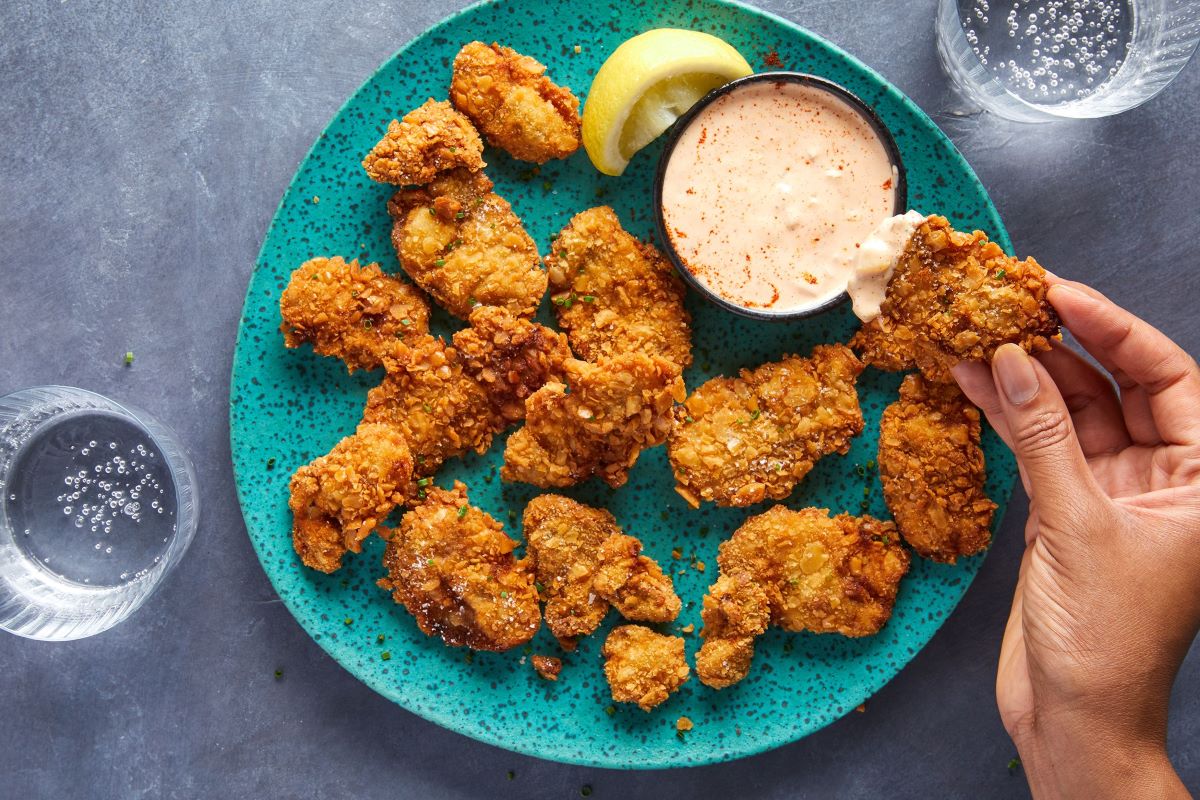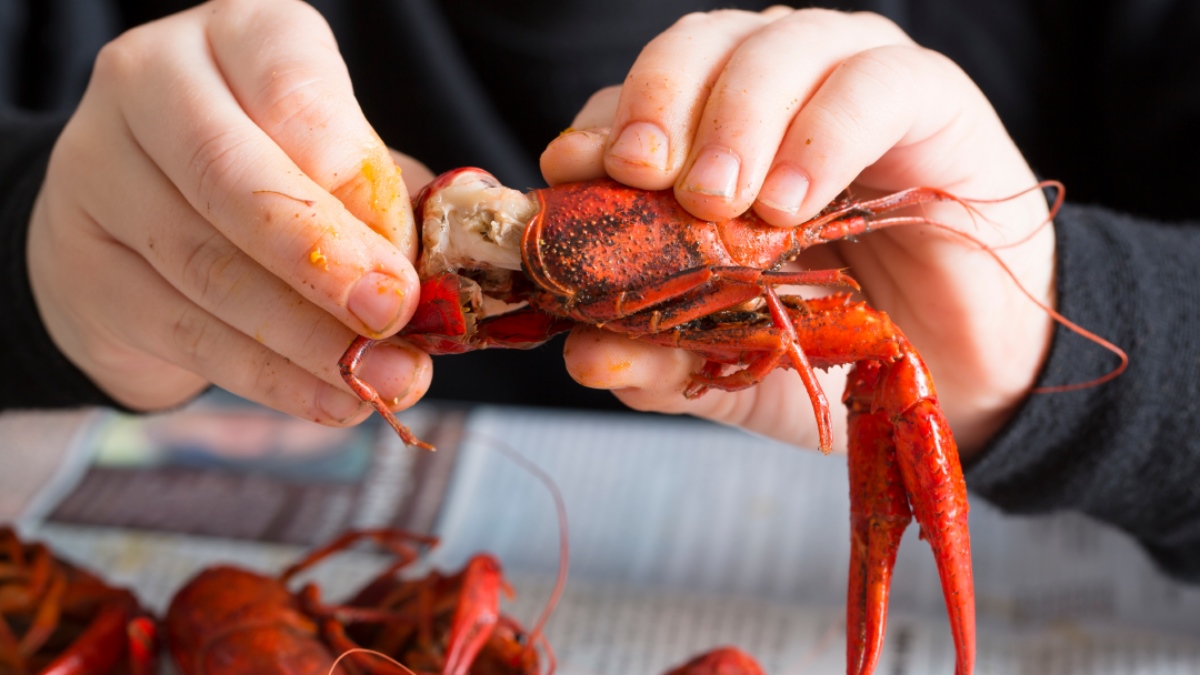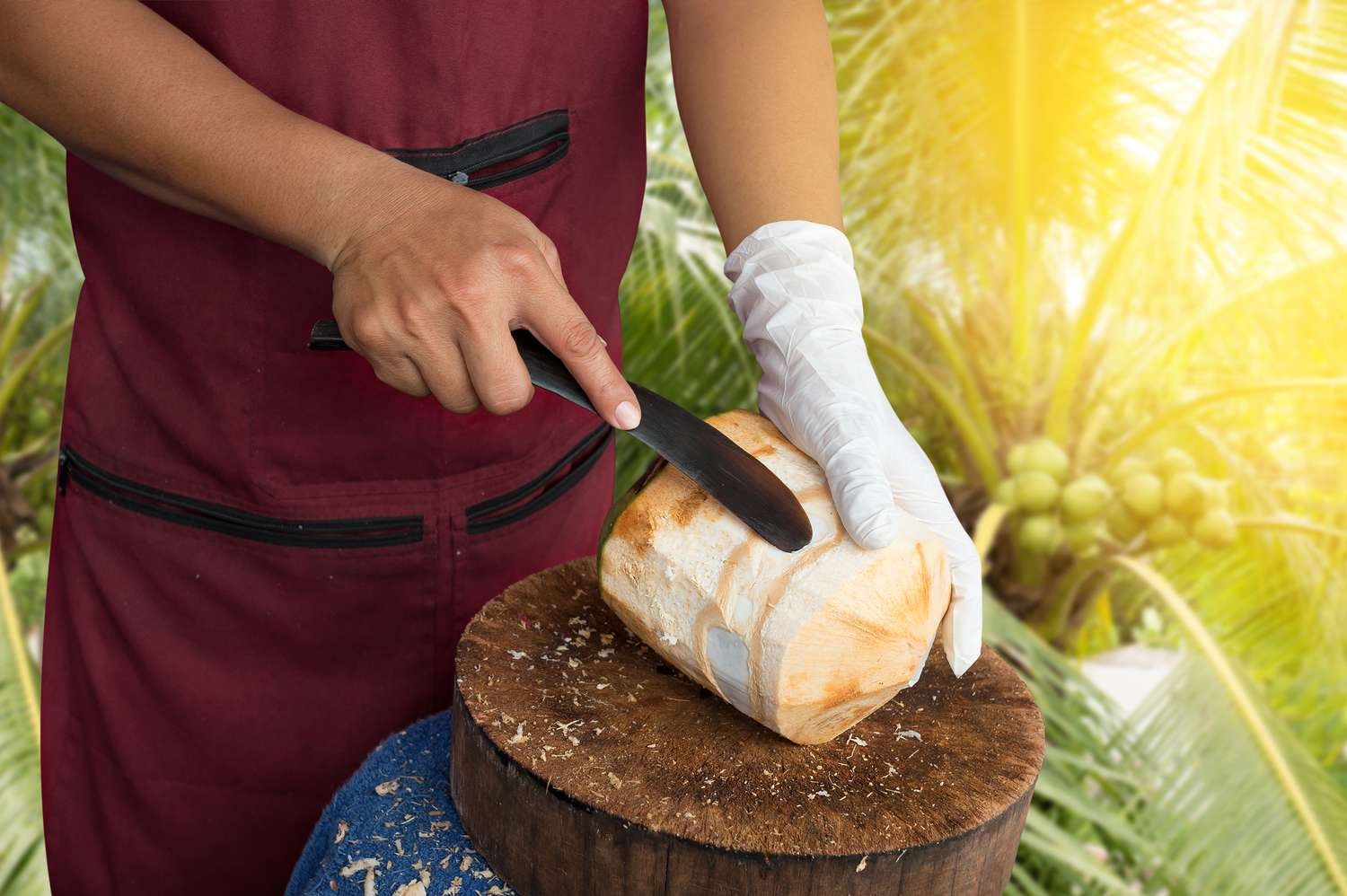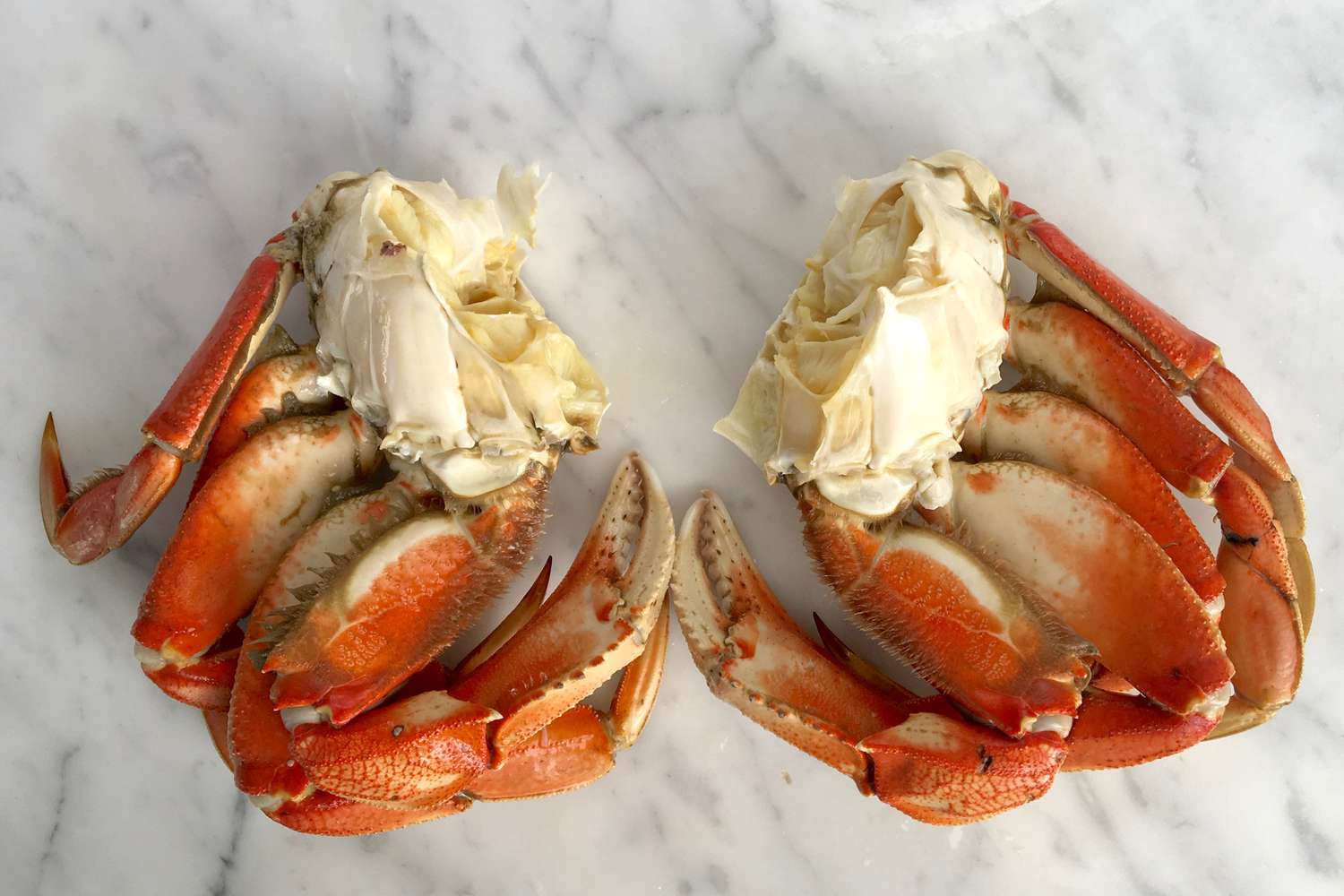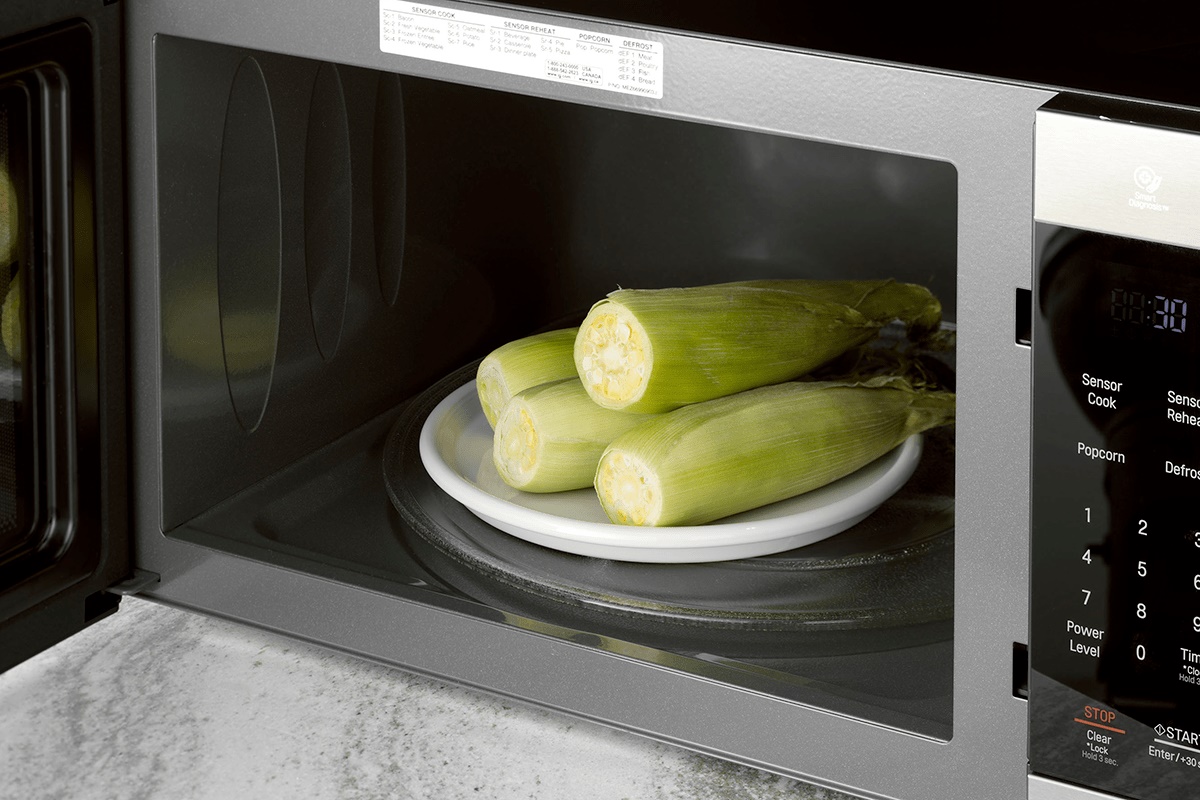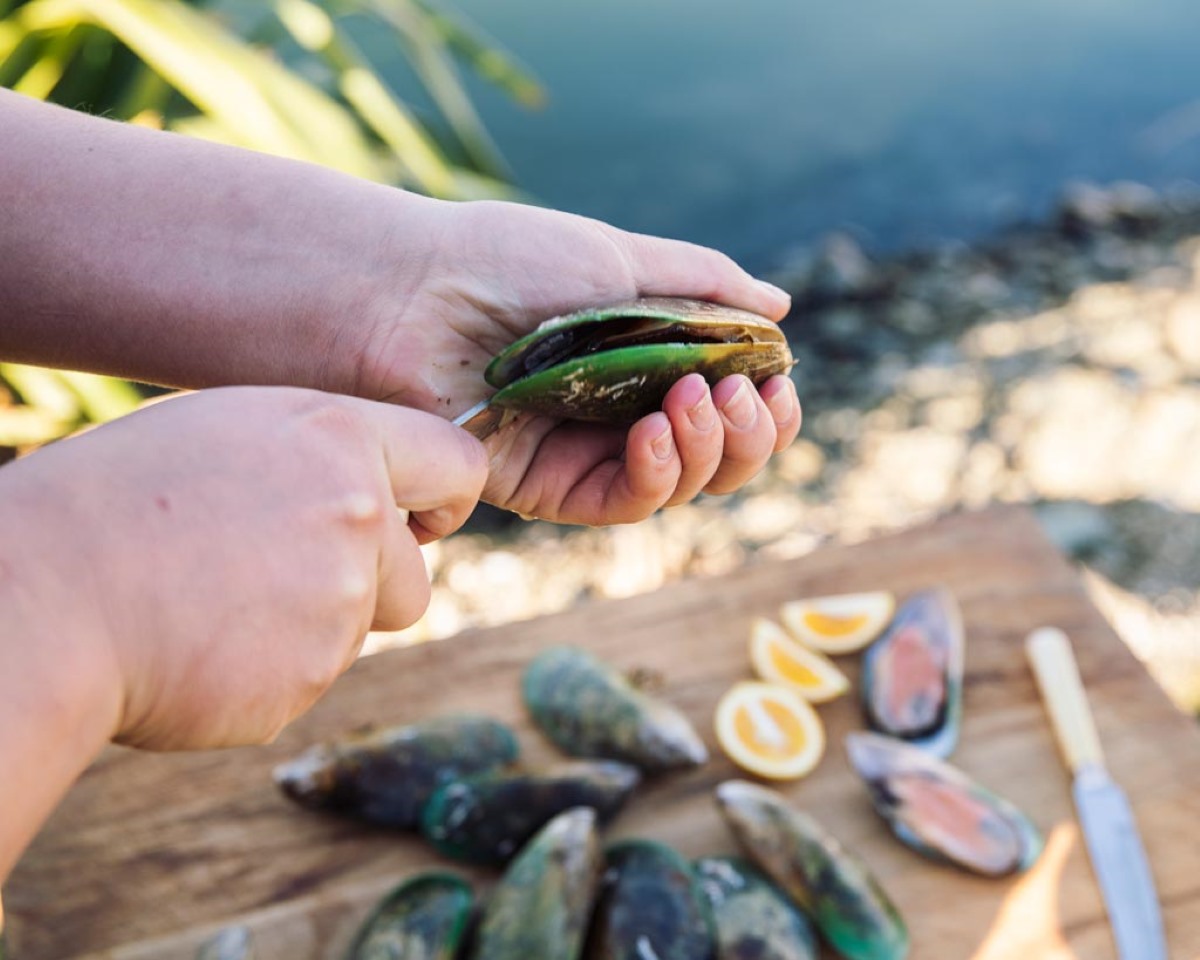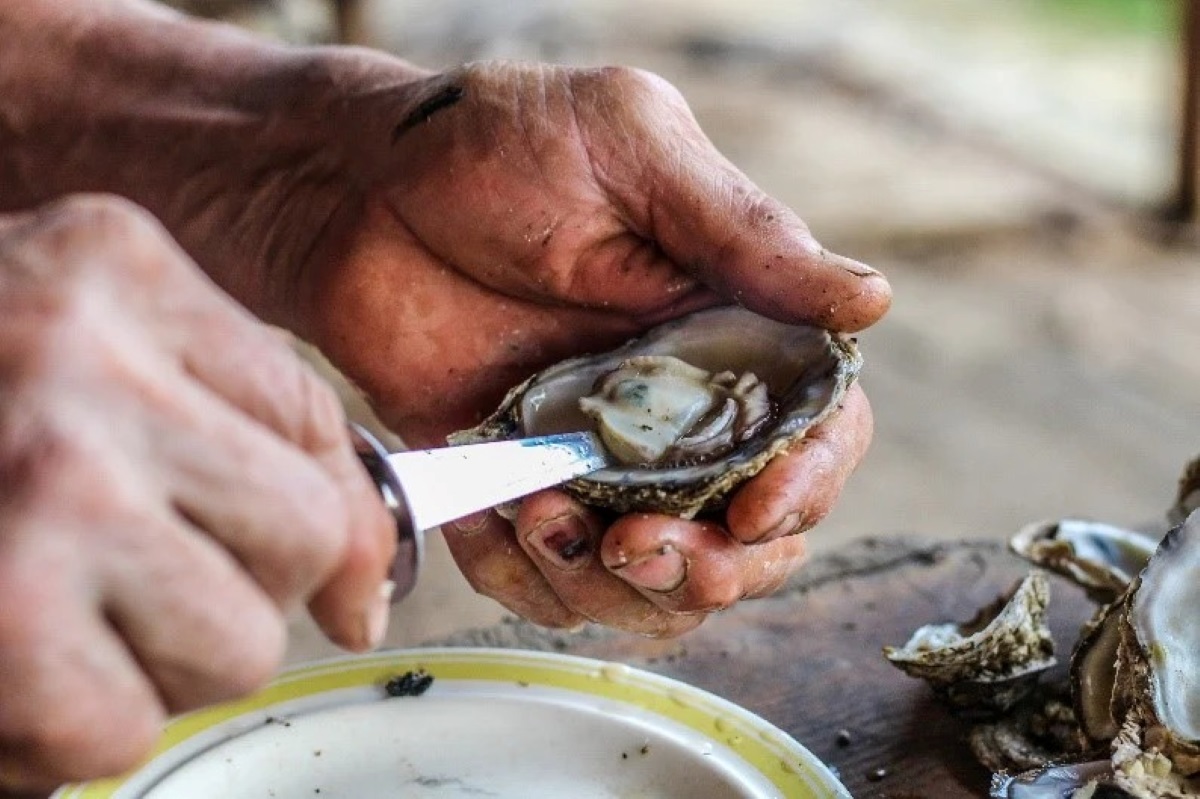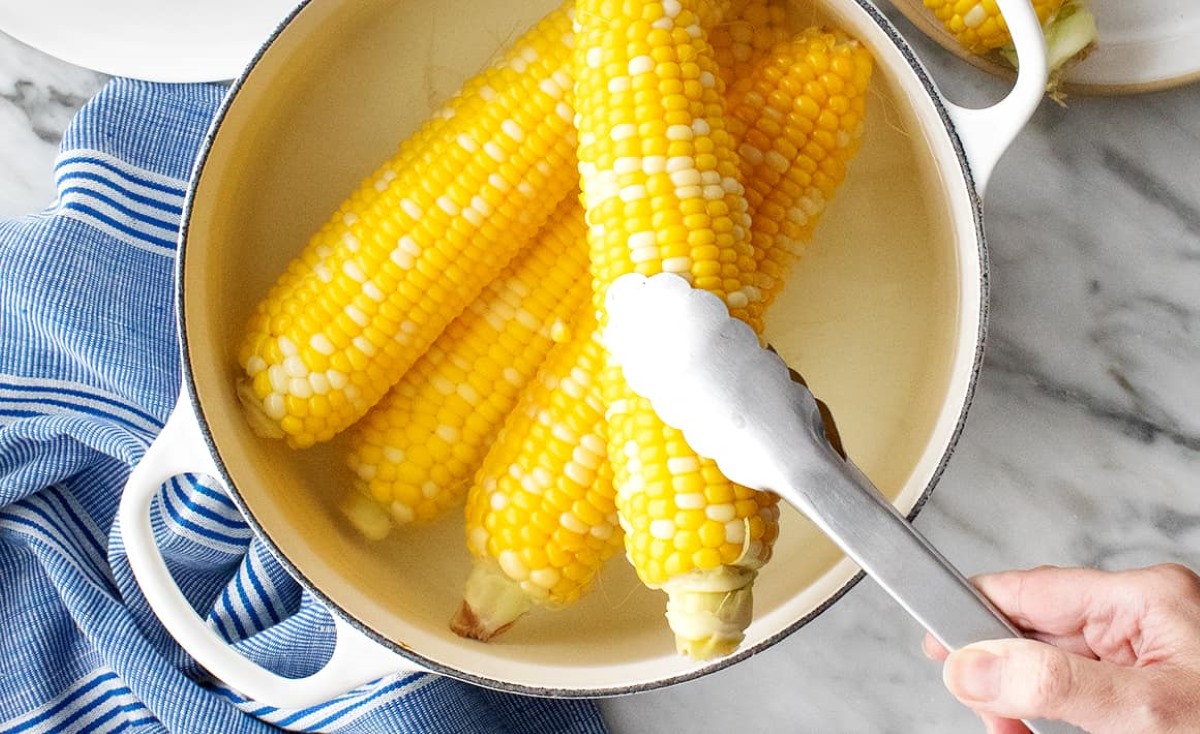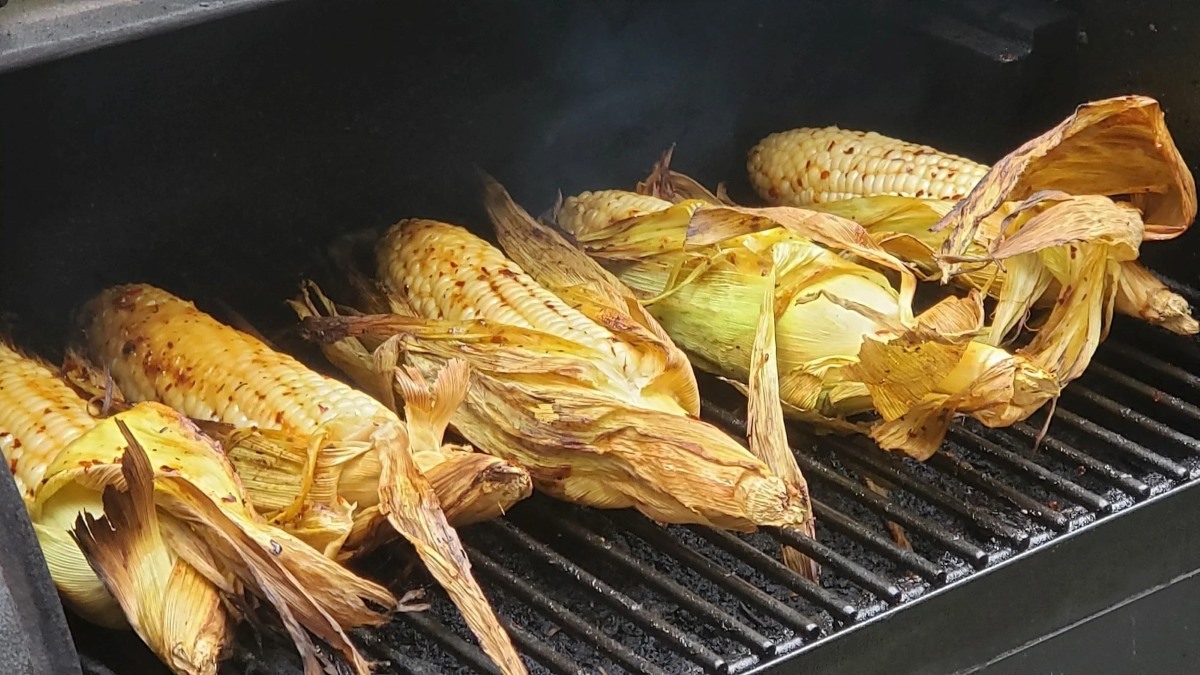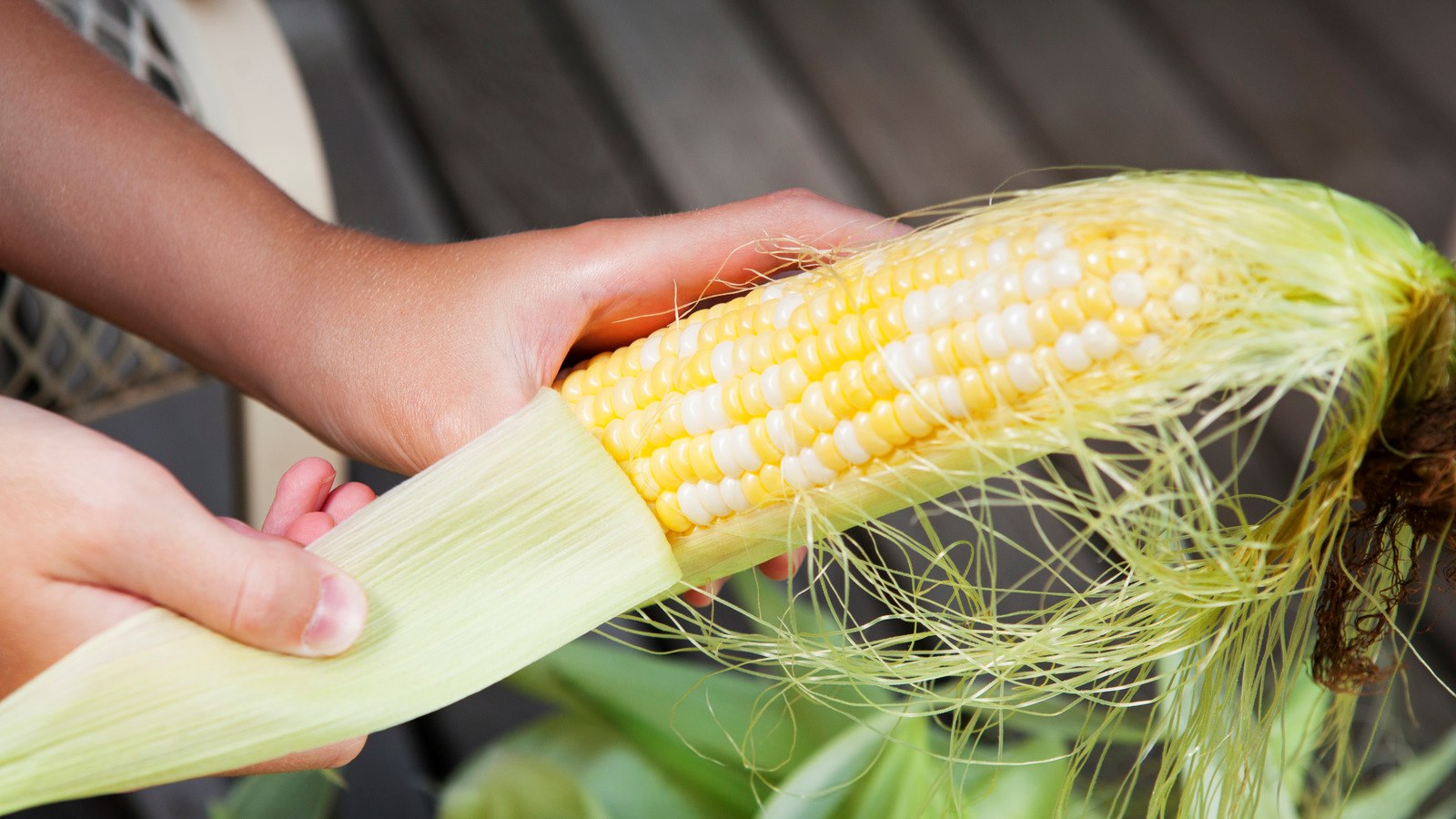Shucking Clams with Hot Water: A Step-by-Step Guide
Clams are a delicious and nutritious seafood option that can be enjoyed in a variety of dishes. However, shucking clams can be a daunting task for many home cooks. One method that has gained popularity is using hot water to help open the clam shells, making the shucking process much easier. In this guide, we’ll walk you through the steps of shucking clams with hot water so you can enjoy these delectable mollusks with ease.
What You’ll Need
Before you get started, make sure you have the following items on hand:
- Fresh clams
- A large bowl
- Hot water
- A slotted spoon
- A clean kitchen towel
- A clam knife or a small, sturdy knife
Step 1: Clean the Clams
Start by rinsing the clams under cold water to remove any dirt or debris from the shells. Discard any clams with cracked or open shells, as they may be dead and unsafe to eat.
Step 2: Heat the Water
Fill a large bowl with hot water. The water should be hot to the touch but not boiling.
Step 3: Soak the Clams
Place the clams in the hot water and let them soak for 5-10 minutes. The heat will cause the clams to relax and slightly open their shells, making them easier to shuck.
Step 4: Remove the Clams
Using a slotted spoon, carefully remove the clams from the hot water and place them on a clean kitchen towel to drain briefly.
Step 5: Shuck the Clams
Hold a clam firmly in one hand and insert the tip of a clam knife or a small, sturdy knife into the opening of the shell. Gently twist the knife to pry the shell open. Be sure to work over a bowl to catch any clam juice that may spill out.
Step 6: Release the Clam
Once the shell is slightly open, slide the knife along the inside of the top shell to release the clam from its shell. Be careful not to spill any of the delicious clam liquor inside the shell.
Step 7: Enjoy Your Freshly Shucked Clams
Once you’ve shucked all of your clams, they’re ready to be enjoyed in your favorite recipes. Whether you’re making clam chowder, pasta vongole, or simply enjoying them on the half shell, you’ll appreciate the effort-saving method of shucking clams with hot water.
Shucking clams with hot water is a simple and effective technique that can make enjoying fresh clams at home much more accessible. With a few basic tools and these easy-to-follow steps, you’ll be shucking clams like a pro in no time.
Was this page helpful?
Read Next: How To Shuck And Eat Blue Crabs
